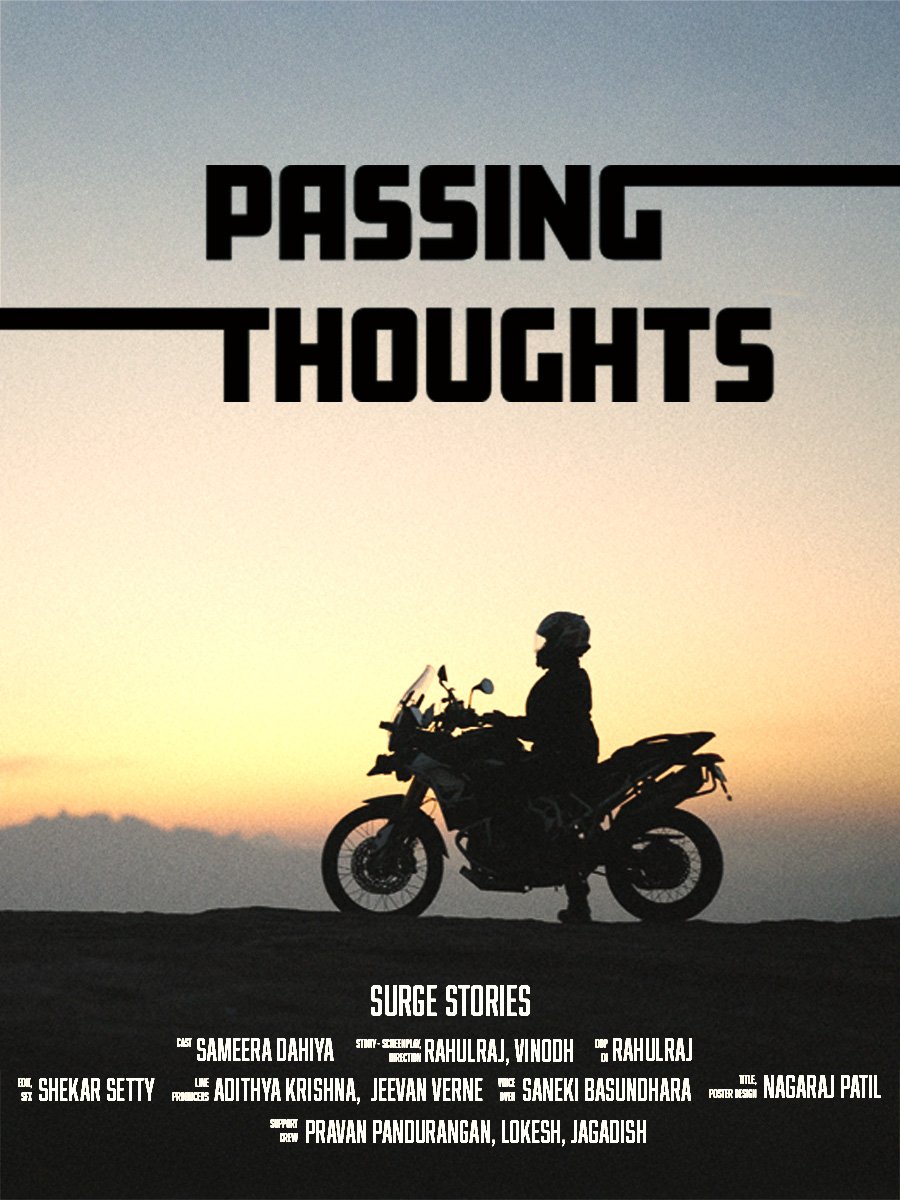Crafting Purposeful
Narratives
Surge Productions
At Surge Productions, we believe that video is more than visuals and sound—it’s a catalyst, a powerful tool to ignite change and inspire action. We turn your business goals into creative stories that build trust, spark curiosity, and deliver results. From ads to digital narratives, every video is purpose-driven, blending strategy, storytelling and flawless execution
Corporate Videos
Brand Films
Digital Ads
Interactive Videos & VR
CSR Documentaries
Explainers
Real Results
Bold Stories
We create with deep business understanding and insights, ensuring our work not only serves today’s vision but builds connections for tomorrow.
A deep understanding of business needs
Storytelling at the heart of everything we do
Blending strategy, creativity and flawless execution
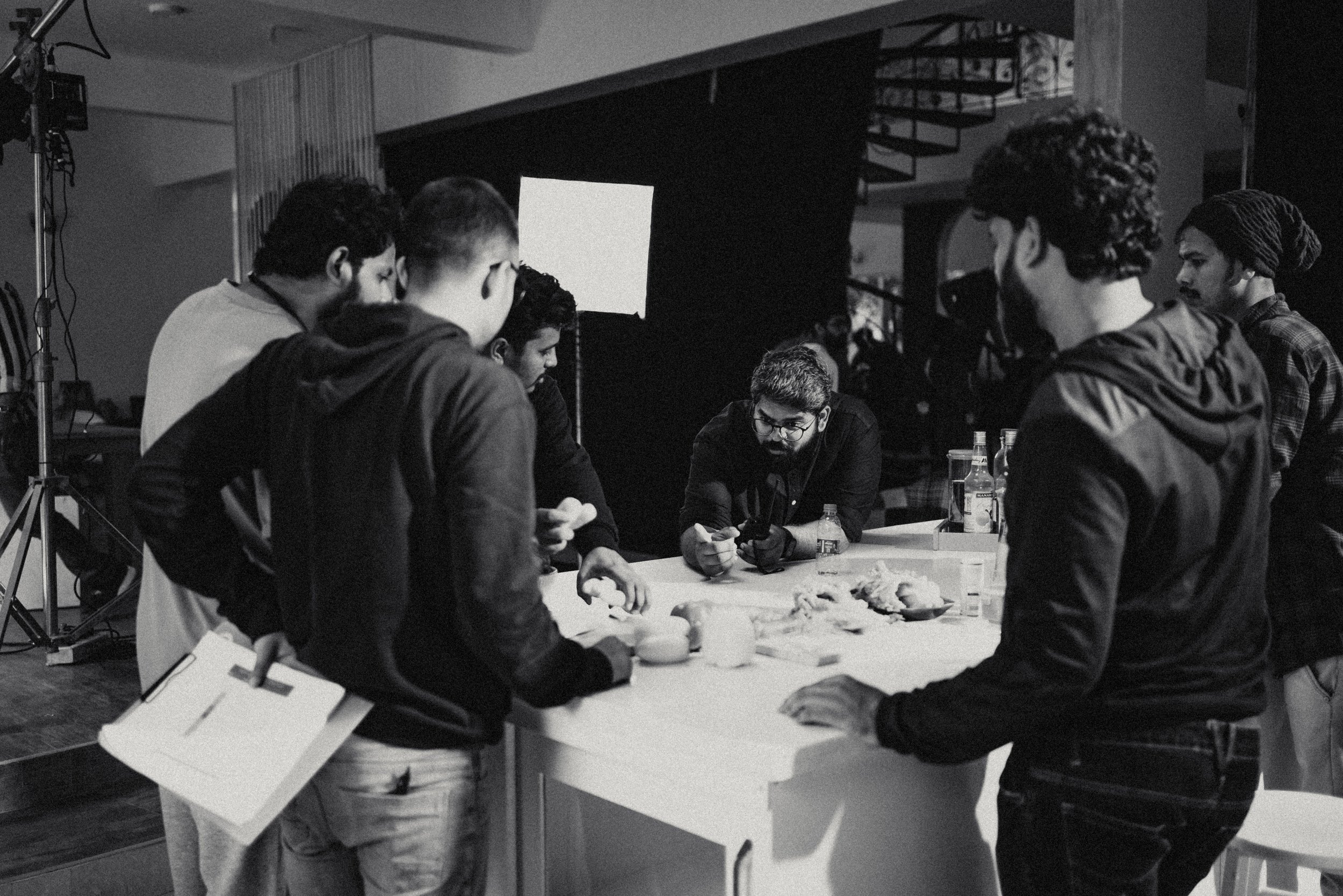
70+
Brands
43+
Cities
???
Countless Videos
For us, good enough isn’t enough

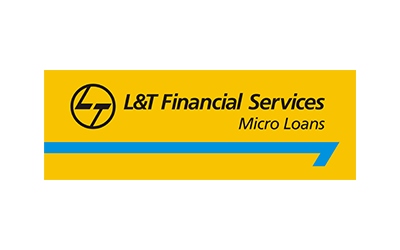

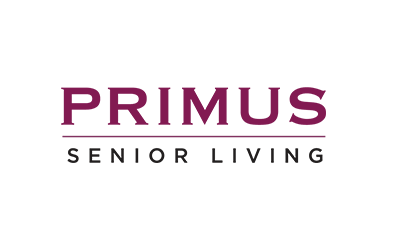




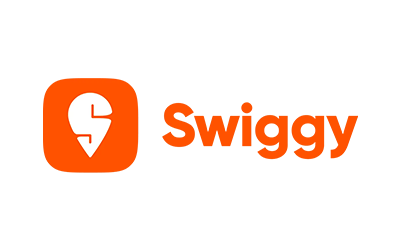
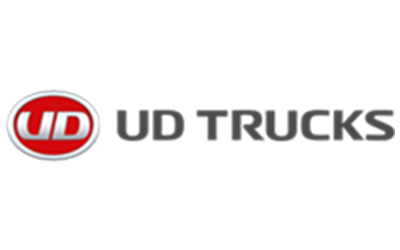

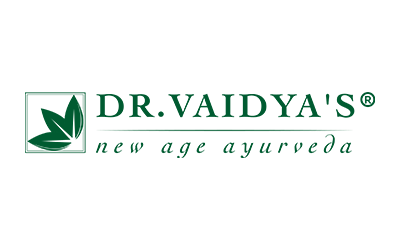
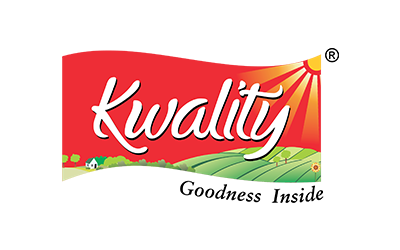
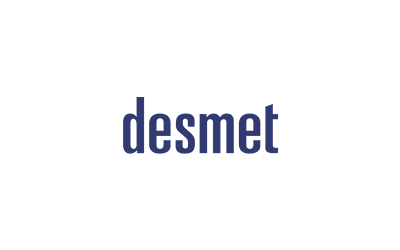

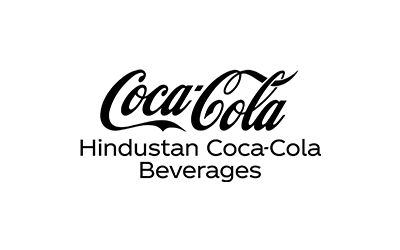

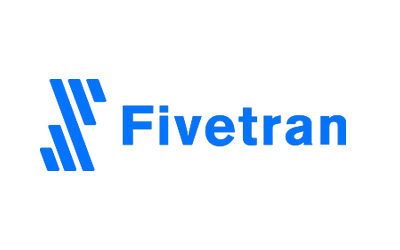





100% Project Ownership
We treat every project as our own, ensuring attention to detail, flawless execution, and uncompromised delivery.
Results That Matter
Every video we create is a tool for driving real business outcomes—whether it’s increasing sales, or brand awareness.
Storytelling with Execution
Storytelling is our foundation, execution transforms bold ideas into impactful realities, delivering results that matter.
Relentless Pursuit of Excellence
Our mantra, “Every video better than the last,” pushes us to redefine creative and technical standards with every project.
8 out 10 clients return for multiple projects!!
Like our namesake, we love being bold. By investing in our own creative projects, we push storytelling boundaries, explore bold ideas, and experiment with new techniques. This allows us to bring fresh, innovative perspectives to every client project, ensuring we deliver work that’s unique and impactful.
Surge Ahead
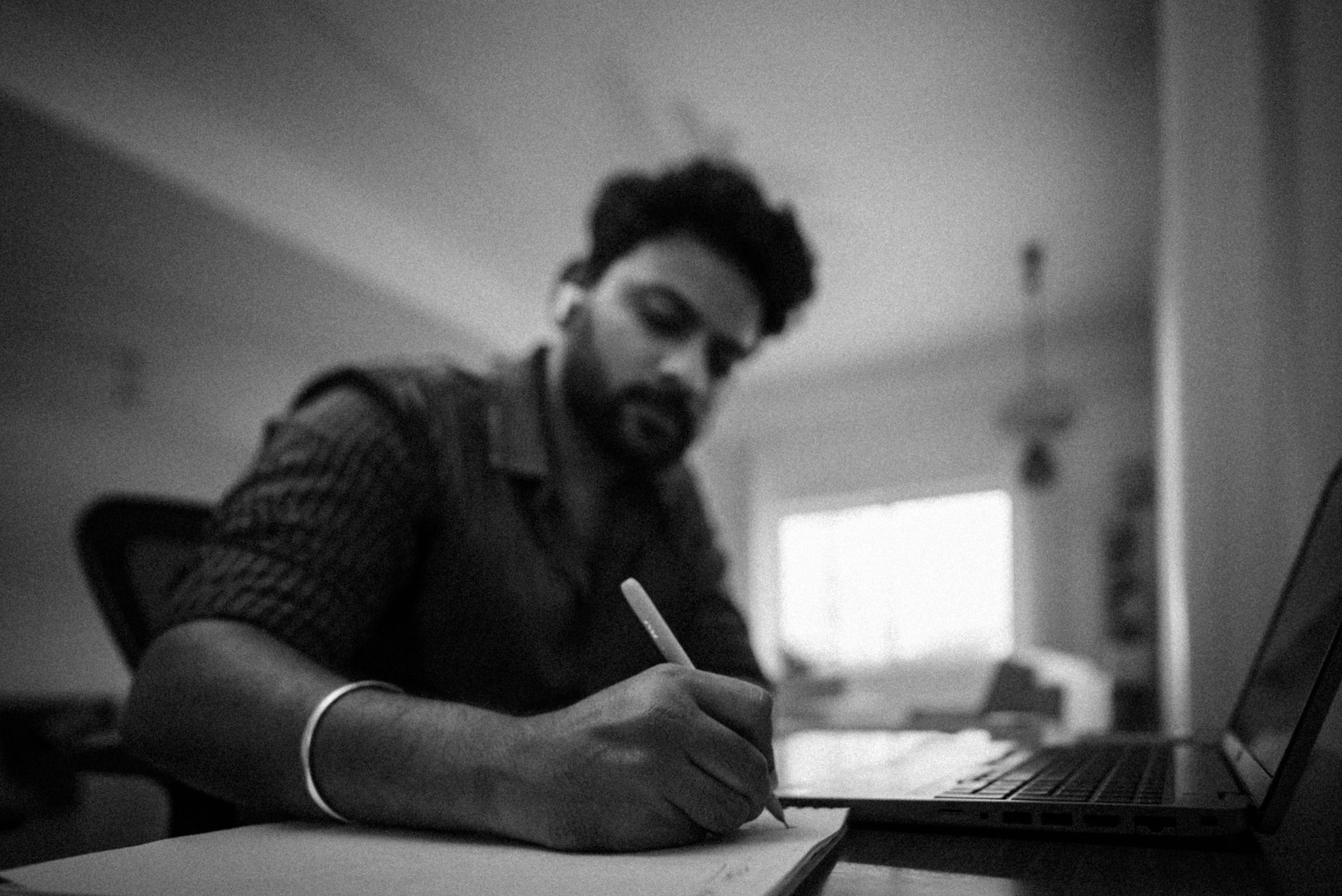
Your Vision at the Core
At Surge Productions, we put your business at the heart of everything we do. From the first consultation to the final delivery, we take the time to understand your goals, audience, and industry landscape. This ensures that every creative decision aligns with your vision, delivering a video that’s not only impactful but truly represents your brand.
From Idea to Screen in Three Steps
1. Discovery Call
Start with a consultation to align on your vision and goals.
2. Concept Creation & Approval
We craft a personalized concept, outlining the scope, timeline, and budget.
3. Production & Delivery
From production to post, we bring your story to life and deliver the final film in your desired format.
Let’s Redefine What’s Possible—Together
Whether you’re a brand, a business, or an institution, let’s create something remarkable together. Partner with Surge Productions, where purposeful stories come to life








